Apple iPhone 4S: Thoroughly Reviewed
by Anand Lal Shimpi & Brian Klug on October 31, 2011 7:45 PM EST- Posted in
- Smartphones
- Apple
- Mobile
- iPhone
- iPhone 4S
History loves to repeat itself, and even Apple isn’t immune to the yearly cycle of rumor and release. Leading to each year’s iPhone refresh, excitement, rumors, and hype build to a fever pitch, features and designs are added into an increasingly unrealistic combination, and finally everyone is silenced at the device’s eventual unveiling.
Today we’re looking at Apple’s latest iPhone refresh, the iPhone 4S (henceforth just 4S).
The review has to start somewhere, and the path of least resistance is usually just exterior appearances - in this case the 4S is easy to go over. The 4S keeps the overall form factor and design of its predecessor, but to call it identical to the iPhone 4 isn’t entirely correct. Instead, the 4S borrows its stainless steel band break locations from the CDMA iPhone 4, which we talked about extensively when it finally released. The GSM/UMTS iPhone 4 previously had three notches, where the CDMA iPhone 4 and 4S have a total of four.
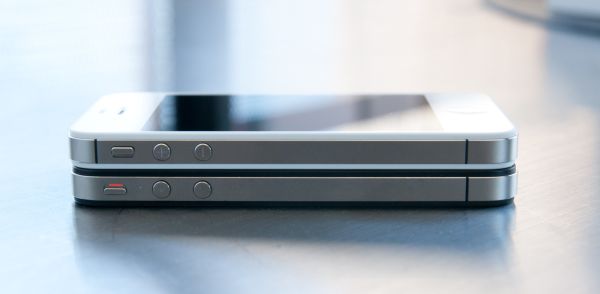
Top: iPhone 4S, Bottom: iPhone 4
The long and short of this change is that the notches have been moved around to accommodate a design with two cellular antennas. One is up at the very top, the other is at the very bottom - the two are the small U shaped portions. The result of this change is that the 4S has a very symmetrical design, as opposed to the GSM/UMTS 4’s asymmetric layout.
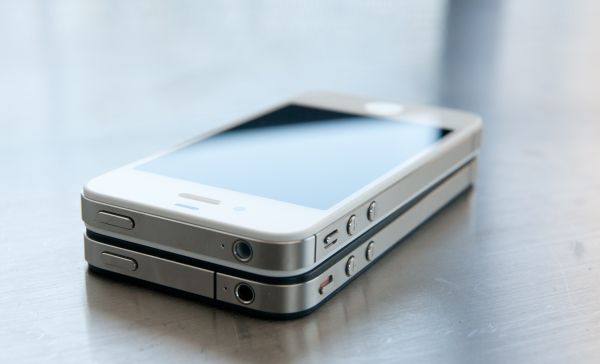 Top: iPhone 4S, Bottom: iPhone 4
Top: iPhone 4S, Bottom: iPhone 4
Just like the CDMA iPhone 4, the 4S also moves the vibrate/lock switch down the device just slightly to accommodate the new break for the top antenna band. This is the physical change that breaks compatibility with cases designed for the older GSM/UMTS iPhone 4. If you recall previously, however, Apple refreshed its bumpers with a new “Universal” line around the time of the CDMA iPhone 4 launch. At that time, case makers also followed suit with a larger vibrate/lock switch port. The result is that if you have a “universal” case created after the launch of the CDMA iPhone 4, you likely won’t need a new one for the 4S.
I say likely because some cases that cover the front of the 4S and are universal might not work as well owing to a small change in the placement of the 4S’ ambient light sensor. It’s going to be a case by case basis to determine which 4 cases that cover the front of the display work with the 4S.
The rest of the 4S exterior is superficially identical to its predecessor, which has become something of a point of contention for shoppers who like being able to identify themselves as owning a 4S, as opposed to a 4. There are, however, subtle differences you can leverage to tell the 4S from its two 4 brethren. The 4S includes the regulatory (FCC, recycling, European Conformity, e.t.c.) logos below its model numbers and FCC ID. The CDMA 4 doesn’t include those logos. Again, the GSM/UMTS 4 is alone with its three-notch stainless steel bands. It is admittedly curious that Apple hasn’t decided to make some other larger change to distinguish the 4S from the other two - there’s no mention of 4S anywhere on the phone. The iPhone 3G and 3GS were famously distinguished from each other by the inclusion of chrome iconography on the back. I fully expect Apple to update their identifying iPhone page with basically the above information at some point in time, but to say that the 4S is identical to the previous device is disingenuous.
The 4S design is without a doubt, however, an evolution of the CDMA iPhone 4’s design. Like the latter, the 4S includes the same improved vibration unit instead of the counterweight vibrator that most smartphones include. The result is a virtually silent, completely smooth vibrate, instead of the louder rattle and sharp acceleration that accompanies the counterweight vibration. The result is much less conversation-interrupting noise when the 4S vibrates during a call, and less intrusive notification.
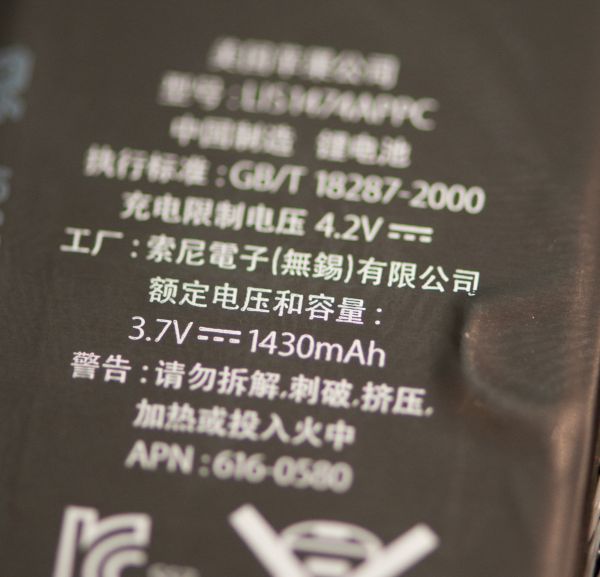
Battery capacity up to 1430 mAh
The other subtle change is an extremely small jump in battery capacity, from 1420 mAh in the 4 to 1430 mAh in the 4S. This is a very small change that boosts the capacity in watt-hours from 5.25 to 5.3. In addition the 4S puts on a little bit of weight, from 137 to 140 grams, but again nothing major.
Even the 4S packaging is basically the same as prior versions, including the same design and contents. Inside you get the phone, dock cable, headset mic, and the same smaller 5V, 1A charger that came with the 4.
| Physical Comparison | |||||||
| Apple iPhone 4 | Apple iPhone 4S | HTC Sensation | Samsung Galaxy Nexus | Samsung Galaxy S 2 | |||
| Height | 115.2 mm (4.5") | 115.2 mm (4.5") | 126.3 mm (4.97") | 135.5 mm | 125.3 mm (4.93") | ||
| Width | 58.6 mm (2.31") | 58.6 mm (2.31") | 65.5 mm (2.58") | 67.9 mm | 66.1 mm (2.60") | ||
| Depth | 9.3 mm ( 0.37") | 9.3 mm ( 0.37") | 11.6 mm (0.46") | 8.94 mm | 8.49 mm (0.33") | ||
| Weight | 137 g (4.8 oz) | 140 g (4.9 oz) | 148 g (5.22 oz) | 135 g | 115 g (4.06 oz) | ||
| CPU | Apple A4 @ ~800MHz Cortex A8 | Apple A5 @ ~800MHz Dual Core Cortex A9 | 1.2 GHz Dual Core Snapdragon MSM8260 | 1.2 GHz TI OMAP 4460 Dual Core Cortex A9 | 1.2 GHz Exynos 4210 Dual Core Cortex A9 | ||
| GPU | PowerVR SGX 535 | PowerVR SGX 543MP2 | Adreno 220 | PowerVR SGX 540 | ARM Mali-400 | ||
| RAM | 512MB LPDDR1-400 | 512MB LPDDR2-800 | 768 MB LPDDR2 | 1GB LPDDR2 | 1 GB LPDDR2 | ||
| NAND | 16GB or 32GB integrated | 16GB, 32GB or 64GB integrated | 4 GB NAND with 8 GB microSD Class 4 preinstalled | 16GB or 32GB NAND integrated | 16 GB NAND with up to 32 GB microSD | ||
| Camera | 5MP with LED Flash + Front Facing Camera | 8MP with LED Flash + Front Facing Camera | 8 MP AF/Dual LED flash, VGA front facing | 5 MP AF with LED flash, 1.3MP front facing | 8 MP AF/LED flash, 2 MP front facing | ||
| Screen | 3.5" 640 x 960 LED backlit LCD | 3.5" 640 x 960 LED backlit LCD | 4.3" 960 x 540 S-LCD | 4.65" 1280 x 720 Super AMOLED | 4.27" 800 x 480 SAMOLED+ | ||
| Battery | Integrated 5.254Whr | Integrated 5.291Whr | Removable 5.62 Whr | Removable 6.475 Whr | Removable 6.11 Whr | ||


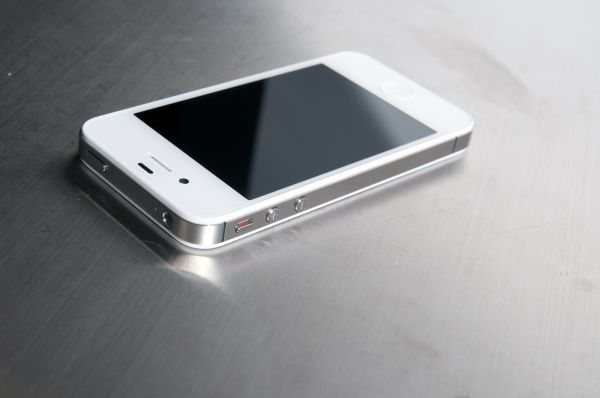

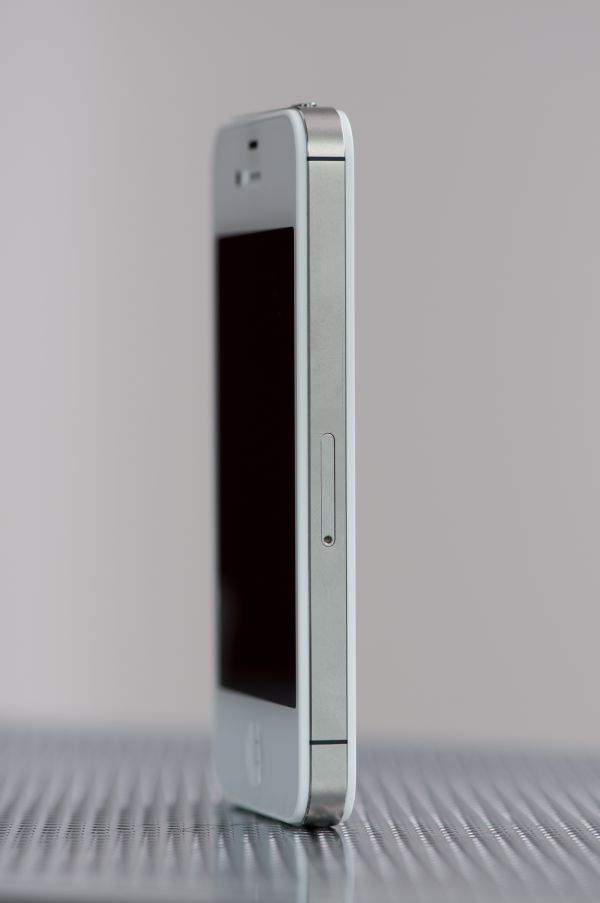














199 Comments
View All Comments
tipoo - Monday, October 31, 2011 - link
Anyone know if there is a reason this hasn't made it into any Andriod phone yet? Does Google specify compatible GPU's, or is it cost, or development time, etc? Looks like it slaughters even the Mali 400 which is probably the next fastest.zorxd - Monday, October 31, 2011 - link
The only reason is that no one used it yet. The TI OMAP 4470 will use the 544 which is probably a little faster.The SGS2 is using the slower Mali 400, however it was released 6 months ago. Yet it's not that bad, even beating the 4S in Glbenchmark pro.
zorxd - Monday, October 31, 2011 - link
I meant no SoC vendor is using it.djboxbaba - Monday, October 31, 2011 - link
The numbers were incorrect and have been updated, the 4S is ~2x faster than the GS2 on the GLBenchmark Pro.freezer - Thursday, November 3, 2011 - link
But not when running at phone's native resolution. Thats what people will use while running games on their phone.iPhone 4S has much more pixels for GPU to draw while having much smaller screen. Not very optimal for gaming right?
http://glbenchmark.com/result.jsp?benchmark=glpro2...
djboxbaba - Thursday, November 3, 2011 - link
Correct, but we're comparing the GPU's by standardizing the resolution. Of course in the native resolution this will change.thunng8 - Monday, October 31, 2011 - link
I don't see any GL benchmark that the Mail 400 beats the 4S???freezer - Thursday, November 3, 2011 - link
That's because Anandtech review shows only the 720p offscreen results.This gives very different numbers compared to running GL Benchmark Pro in phone's native resolution.
iPhone 4S has about 60% more pixels than Galaxy S2, and so its GPU has to draw much more pixels in every frame.
Go to glbenchmark.com and dig database yourself.
Ryan Smith - Monday, October 31, 2011 - link
The 544 should be identical to the 543 at the same clock and core configuration. It's effectively a 543 variant with full D3D feature level 9_3 support. The primary purpose of the 544 will be to build Windows devices, whereas for non-Windows devices the 543 would suffice. We don't have access to PowerVR's pricing, but it likely costs more due to the need to license additional technologies (e.g. DXTC) to achieve full 9_3 support.Penti - Tuesday, November 1, 2011 - link
Who will use it to support Windows Phone though? Qualcomm uses their own AMD/ATi based Adreno GPU. I guess it will be TI's attempt off getting Microsoft to support Windows Phone on their SoC in order to supply say partners of theirs like Nokia. Or might just be a later purchase/contract date for the other SoC vendors. Getting the IP-blocks later, but many did opt for the Mali-400 so why wouldn't they opt for the successor too? It seems to have worked out good. Samsung is just one of the vendors that usually did use PowerVR. I guess ST-E will use it in order to support Windows Phone on Nova A9540 SoC too. While Android vendors might opt for the older A9500 still.Interesting to see how Nvidia do lag in this field though.